I fail to plot correcly my stacked density chart
here is my data structure
Classes ‘tbl_df’, ‘tbl’ and 'data.frame': 8517 obs. of 3 variables:
$ time : num -500 -499 -498 -497 -496 -495 -494 -493 -492 -491 ...
$ series: Factor w/ 17 levels "V1","V2","V3",..: 1 1 1 1 1 1 1 1 1 1 ...
$ value : num 0.0788 0.0625 0.0455 0.0323 0.0426 ...
and here is my code
ggplot(data=data,aes(x=time, group=data$series, fill=data$series)) +
geom_density(adjust=1.5, position="fill")
but it plots me horizontal lines
Instead I would like it plots me something like that
If anyone has any idea? I would appreciate. Thanks
here is my data structure
dput(head(data))
structure(list(time = c(-500, -499, -498, -497, -496, -495),
series = structure(c(1L, 1L, 1L, 1L, 1L, 1L), .Label = c("V1",
"V2", "V3", "V4", "V5", "V6", "V7", "V8", "V9", "V10", "V11",
"V12", "V13", "V14", "V15", "V16", "V17"), class = "factor"),
value = c(0.0787576635451054, 0.0625, 0.0455255463892602,
0.0322986577181208, 0.0426306596802365, 0.0369765758489718
)), row.names = c(NA, -6L), class = c("tbl_df", "tbl", "data.frame"
))



